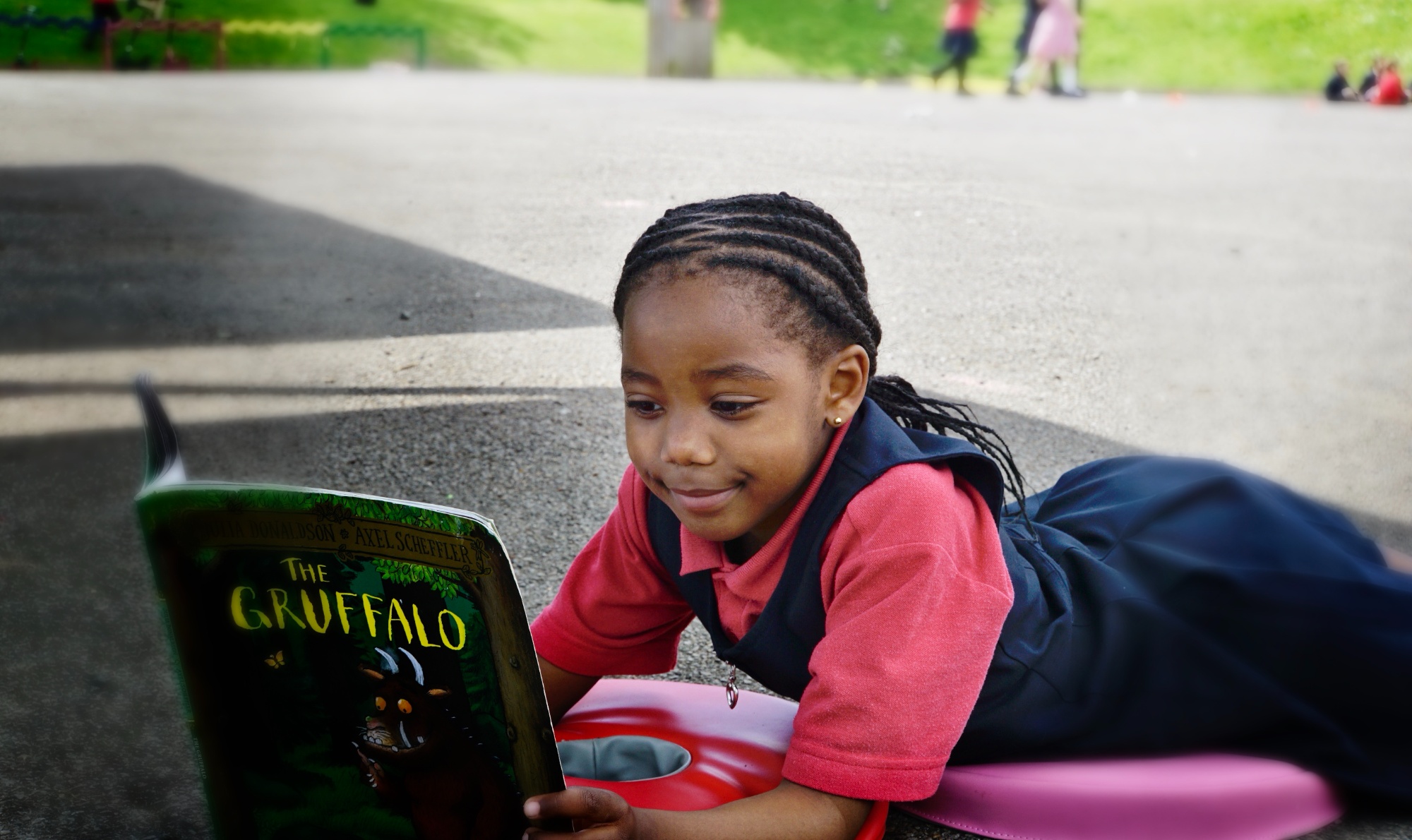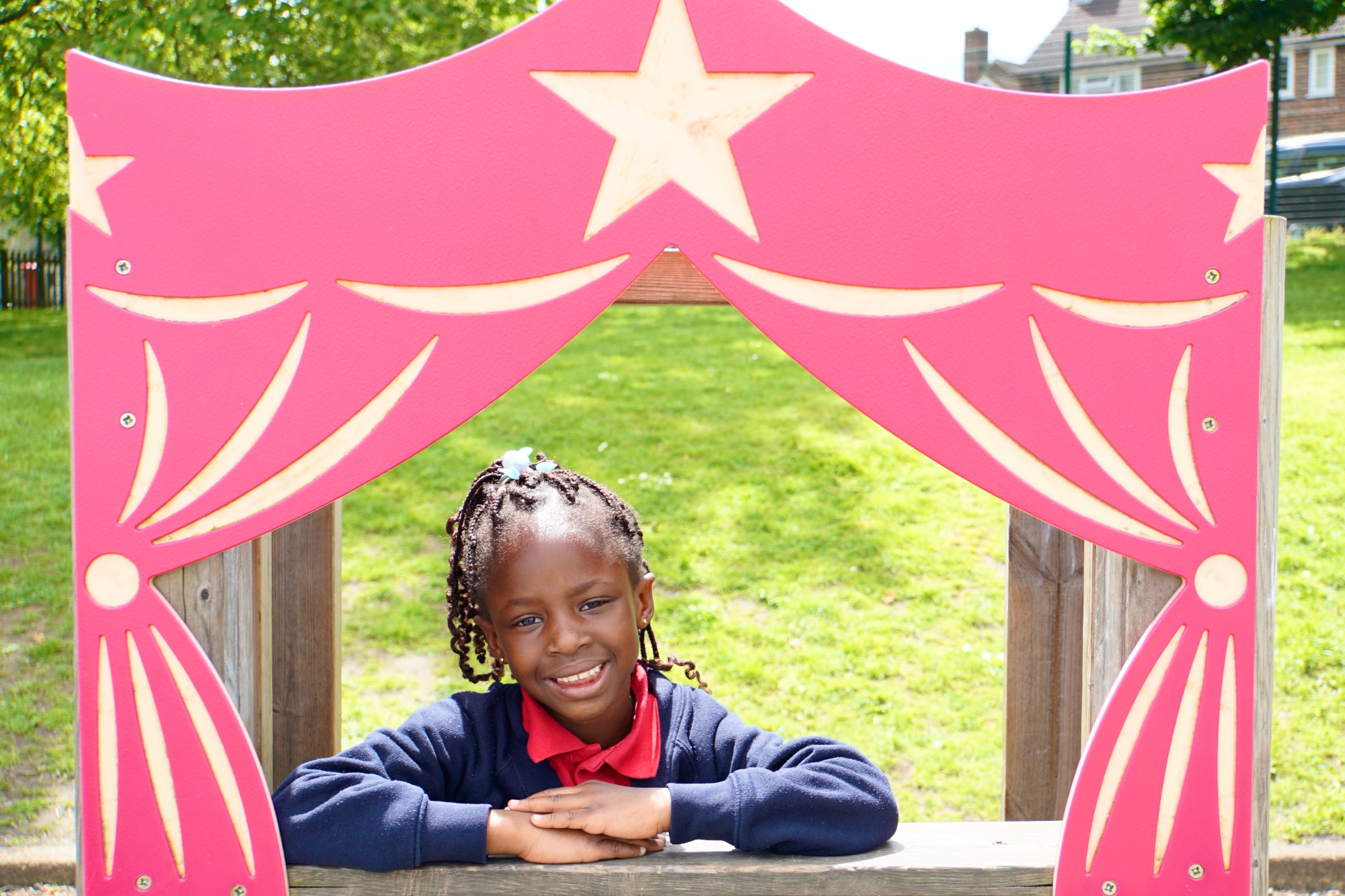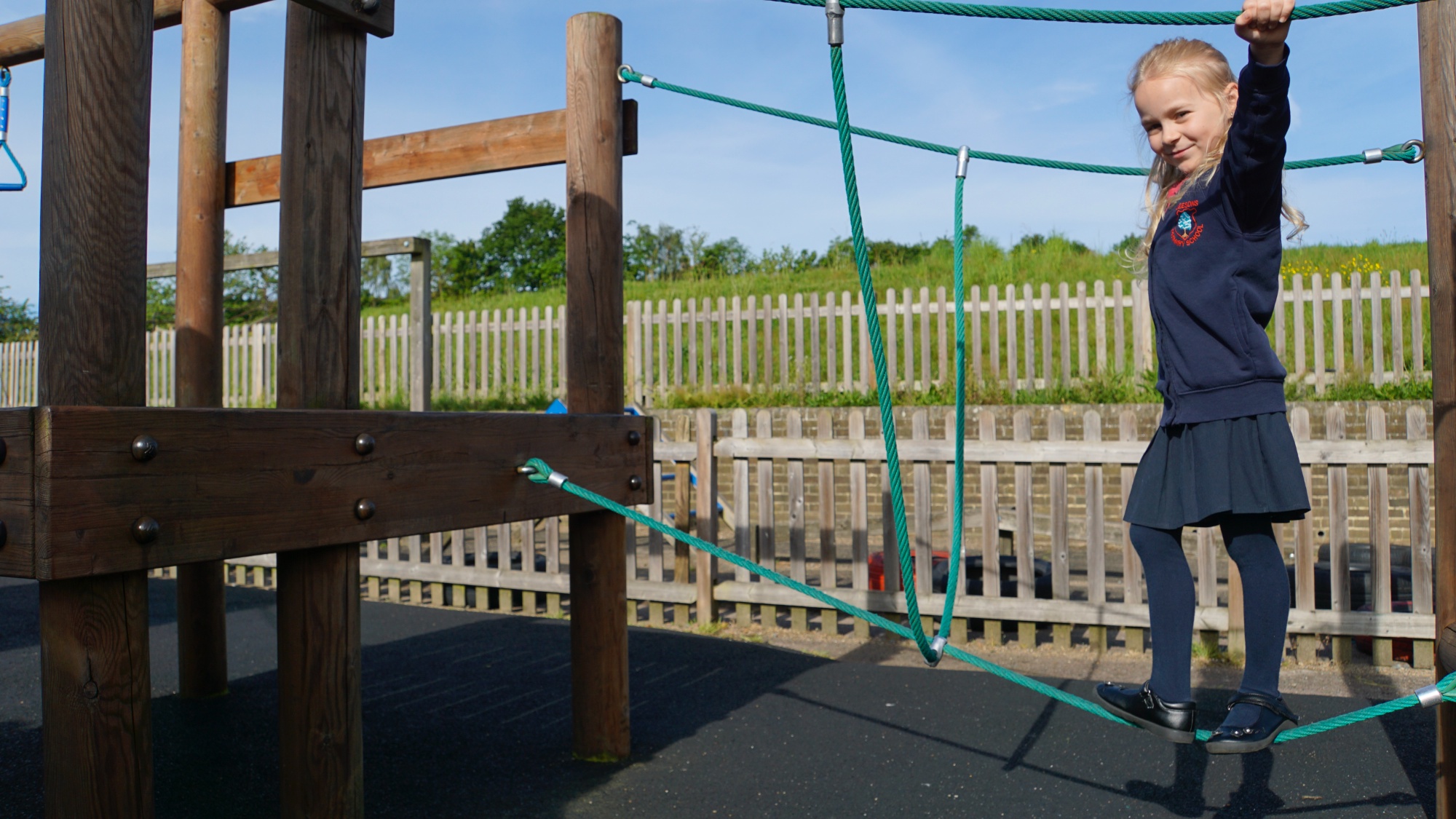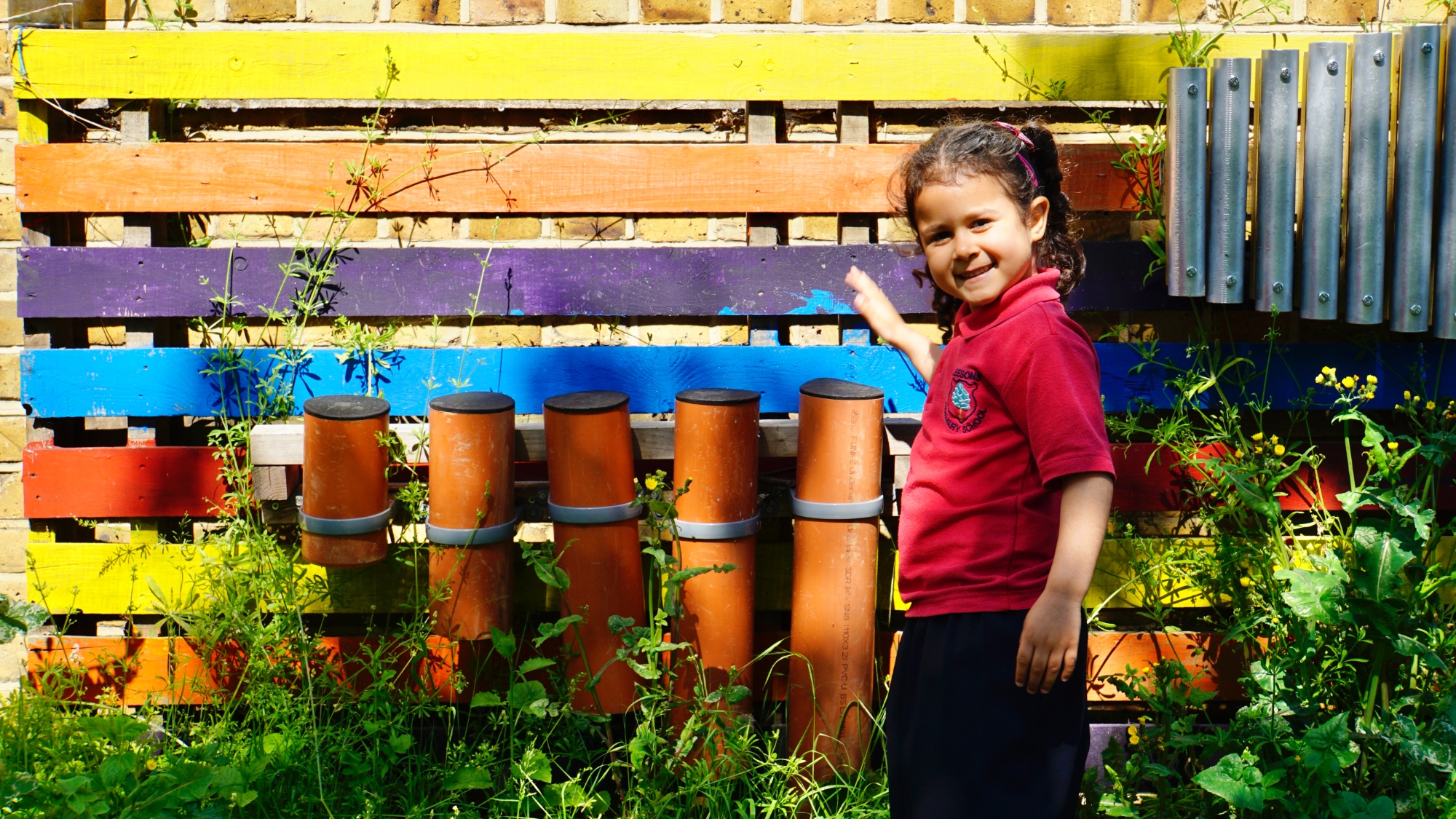Secondary school induction days: what to expect
The transition from primary to secondary school is a big step for your child, but summer term induction days can help them to prepare for their new milestone.
It probably seems a long time since you dropped your nervous four-year-old off for their first taster session at primary school – and now you’re preparing for their move to ‘big school.’ There’s a whole new set of skills to master – from negotiating a timetable to paying for their own lunch – and many new people to meet.
To ease new starters in gently, secondary schools have an induction process where, during the summer term, Year 6 children spend a day (or sometimes two) in their prospective secondary school to familiarise themselves with the new environment and routines.
Why induction days matter
No matter how confident your child is at school, moving to secondary school can be a nerve-wracking process – not least because they’re going from being the biggest in the school to the smallest.
Induction days – sometimes also referred to as transition, transfer or ‘jump up’ days – give children an introduction to the very different structure of secondary school. It helps them experience the new environment and what their life will be like at secondary school. It sets the expectations for the future: students start to learn the routines of the new school and what is expected of them, which will inevitably be different from primary school. Students go home buzzing about their new school, and rather than dreading their first day of Year 7, they start to look forward to it.
When are secondary school induction days held?
Each local authority has a set date on which all Year 6 children in the area spend the day at their new school. This tends to be in early July, before schools break up for the summer. The common date means that all children in that area are able to attend their induction day, regardless of which primary school they attend or which secondary they’ll be going to.
If your child is to attend a secondary school in a different local authority area (such as a neighbouring county) or an independent school, their new school may have a different induction date. In this case, you should speak to their primary school to arrange for them to go to their induction day.
As well as the official induction day, some schools run additional activities to help children settle better in September. Some schools take things further and offer summer schools and even residential trips for new starters.
What happens on an induction day?
The exact format of induction days varies from school to school. The day usually begins with an assembly for all new starters. Some place a large emphasis on fun, team-building activities such as quizzes, treasure hunts, PE and drama on their induction days; others give students the chance to follow a timetable and try out the sort of lessons they’ll be taking in Year 7.
Students also spend time getting used to their new school environment. They are involved in a variety of activities, including finding their way around the school, meeting the teachers and trying out the lunch system.
Children may complete some written or math-based work during the day.
Who will your child meet?
In short, lots of people! These might include the head teacher, head of house, head of year, form tutor, subject teachers and guidance managers. They’ll also meet other children who are about to start Year 7, and possibly others who are already at the school – for example, buddies or mentors from higher years.
It’s important to point out to your child that they are unlikely to spend the whole day with their primary school friends. Usually, children will spend most of their induction day in their new tutor group or house, which may include some children from their current school but will also include new starters from other primaries. At break time and lunchtime, they may be able to mix more freely with their current friends and other children from further up the school.
What should they wear and bring?
This will be explained in the school’s induction pack, which is usually sent out to new starters in June. Depending on the activities planned, they may need to bring extra equipment such as their PE kit. Lunch arrangements also vary; in some schools, children bring a packed lunch or pay for a school meal in advance, while in others, they’re provided with a free school meal.
Tackling problems
Schools put a lot of effort into making induction days enjoyable for their new students, and most of the time, they help to ease children’s nerves about starting secondary school. However, if your child does have worries following their induction day, you can always phone their new school and ask to speak to their head of year, head of house or class tutor about their concerns.





